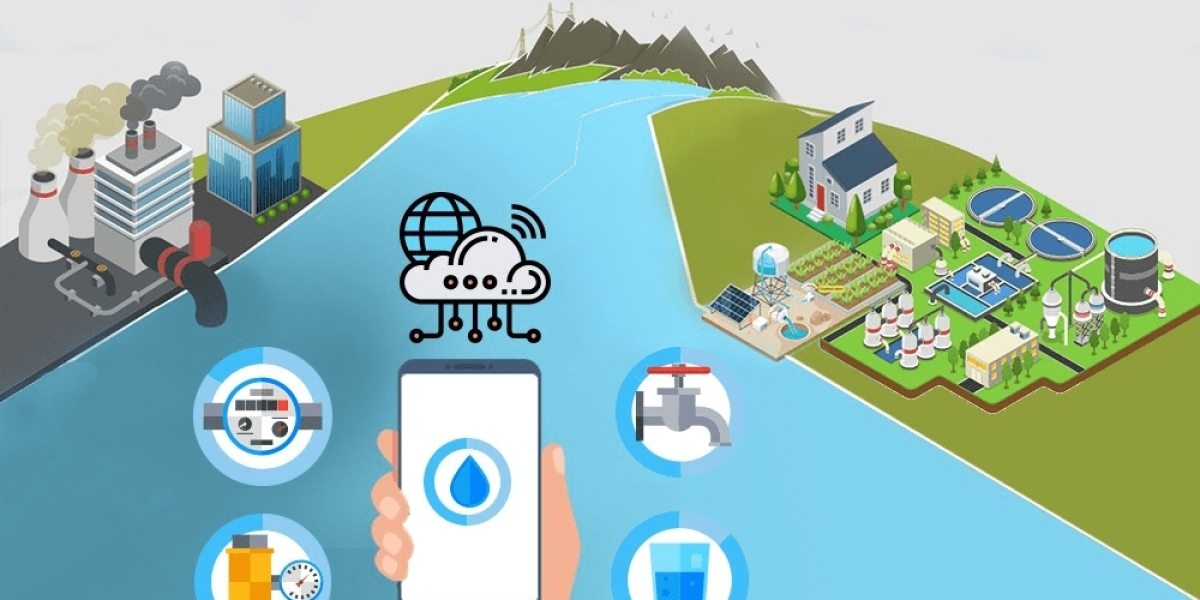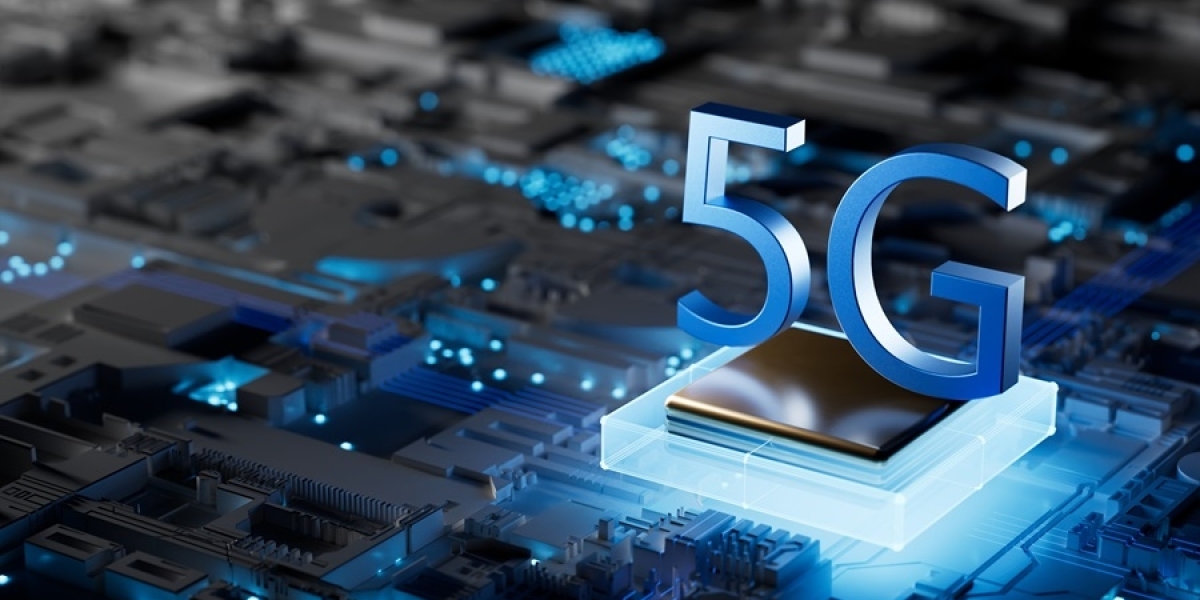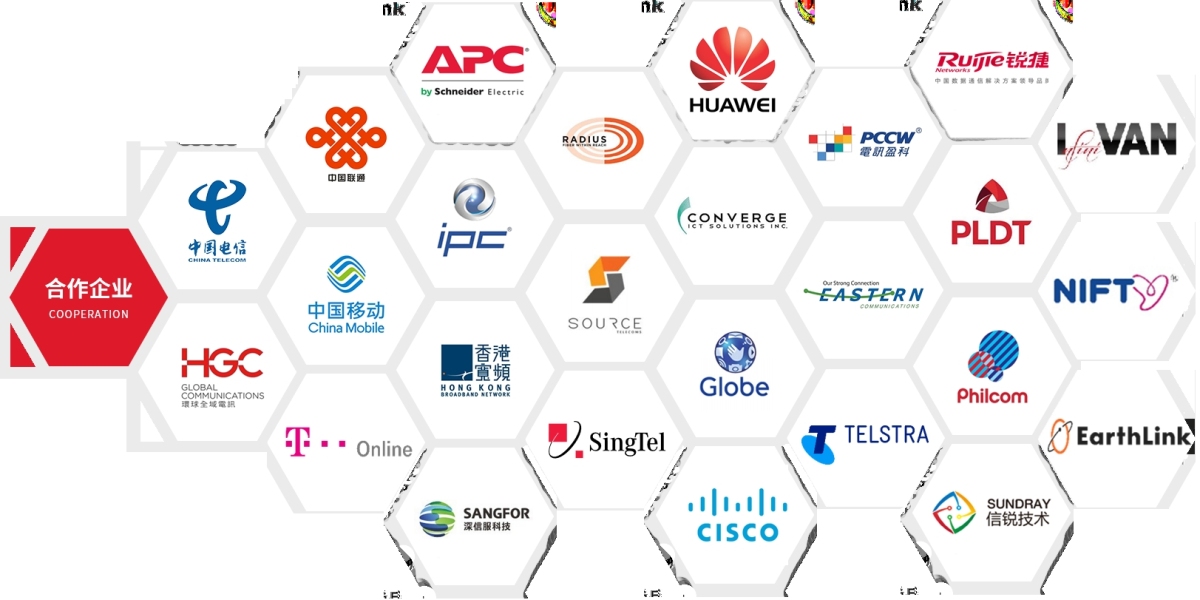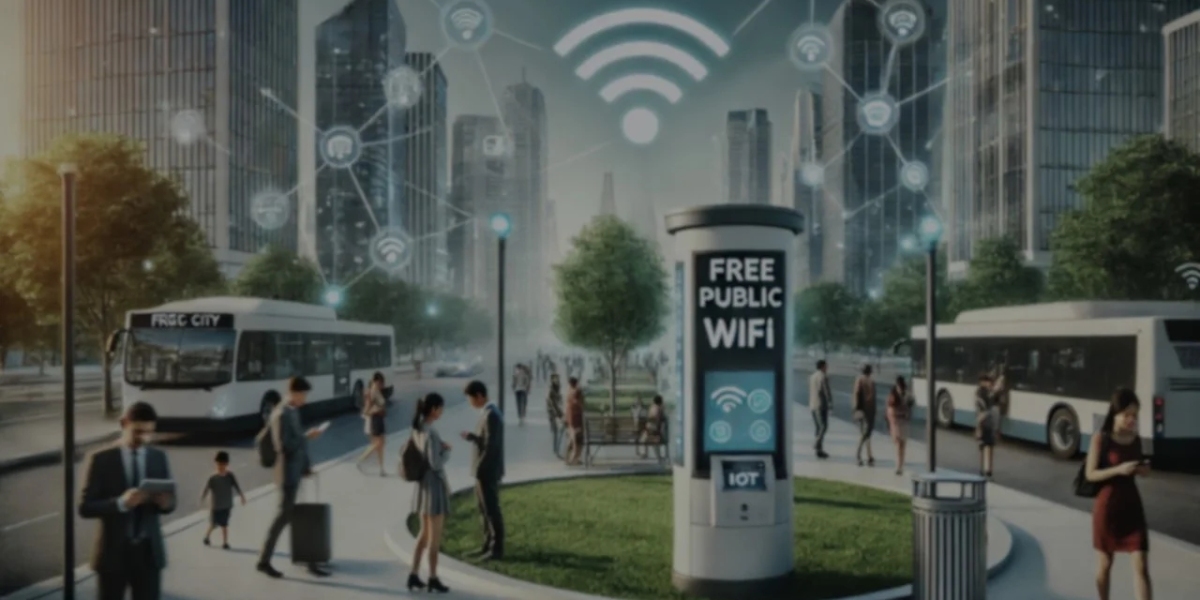Table of Contents
Introduction to IoT-Based Smart Meters
How Smart Metering Works in the Philippine Context
Key Features and Technologies Behind Smart Meters
Benefits of Smart Meters for Energy Efficiency
Role of Smart Meters in the Government and Private Sector
Use Cases Across Urban, Rural, and Industrial Settings
Challenges and Barriers to Implementation
Future of Smart Grid and Sustainability in the Philippines
Conclusion: Building a Smarter Energy Ecosystem
1. Introduction to IoT-Based Smart Meters
The Philippines is undergoing a rapid digital transformation across various sectors, and energy infrastructure is no exception. One of the most important technological shifts is the adoption of IoT-based smart meters—devices that automatically measure, transmit, and analyze energy usage data in real-time. Unlike traditional analog meters that require manual reading, smart meters offer dynamic monitoring, remote access, and integrated control of electricity consumption.
At a national level, the Department of Energy (DOE) and Energy Regulatory Commission (ERC) have initiated pilot programs and policies aimed at achieving energy efficiency and reducing transmission loss. In this context, IoT-enabled smart metering systems become not just technological upgrades, but essential tools for empowering both consumers and providers to manage electricity usage more wisely.
In a country where electricity cost is among the highest in Southeast Asia, and blackouts still affect many areas due to outdated infrastructure, real-time visibility and control offered by smart meters could dramatically improve system reliability and affordability. With the rise of rooftop solar, EV charging, and energy-efficient buildings, smart meters also enable bi-directional energy flows and net metering—a critical element for supporting a modern, flexible power grid.
2. How Smart Metering Works in the Philippine Context
Smart meters are part of a larger IoT (Internet of Things) ecosystem designed to transform energy management. In the Philippine setting, smart metering involves three core components:
Smart Meter Devices: Installed at homes, buildings, or utility poles to measure real-time power consumption (kWh), voltage fluctuations, and in some models, gas or water usage.
Data Transmission Modules: These utilize cellular networks (LTE/5G), LoRaWAN, RF mesh, or even satellite communication for rural areas, transmitting data to utility providers securely.
Head-End Systems and Analytics Platforms: Located in a data center or cloud environment, this backend software aggregates meter data and applies analytics, billing algorithms, fault detection, and predictive maintenance protocols.
Utility companies like Meralco and Visayan Electric are starting to roll out these systems in pilot zones such as Pasig, Davao, and Cebu, aiming to reduce line losses and improve revenue protection.
From a household perspective, smart meters allow consumers to monitor their electricity use in real time via mobile apps or web dashboards, set usage limits, receive alerts on anomalies, and view historical trends. For instance, if a refrigerator is drawing unusually high power overnight, the smart meter system can identify this as abnormal and alert the homeowner.
For rural barangays, where meter tampering and underreporting are common, smart meters can detect sudden drops in consumption or service anomalies and send automatic alerts to the utility provider—allowing for proactive theft detection and rapid response.
3. Key Features and Technologies Behind Smart Meters
Modern smart meters offer an advanced suite of features that make them more than just electronic counters:
Real-Time Monitoring: Data collection occurs every 5 to 15 minutes, allowing granular analysis of consumption trends.
Remote Disconnection & Reconnection: Utilities can suspend or resume power remotely—useful for non-payment, maintenance, or emergencies.
Two-Way Communication: Enables bidirectional flow of data between users and utilities, critical for demand response systems and distributed energy resources (DERs).
Tamper Detection: Integrated sensors trigger alarms when the device is physically opened or if magnetic field anomalies suggest tampering.
Over-the-Air Updates (OTA): Software upgrades and configuration changes can be deployed remotely, reducing maintenance costs.
Net Metering Support: Essential for solar households, these meters record both energy consumed and energy fed back into the grid.
Load Profiling & Time-of-Use (TOU): Users can be billed based on peak vs. off-peak hours, encouraging load shifting and grid stability.
Technologies such as NB-IoT (Narrowband IoT) and LoRaWAN (Long Range Wide Area Network) are being piloted by telecommunications providers like PLDT and Globe Telecom, helping utilities build resilient and low-cost metering networks across dispersed geographies.
4. Benefits of Smart Meters for Energy Efficiency
Smart metering technology offers significant benefits to all stakeholders—consumers, utility companies, regulators, and society at large:
For Consumers
Better Awareness and Control: Real-time feedback helps users identify wasteful habits, like leaving air conditioning running.
Lower Bills: Informed consumers can shift high-consumption tasks to off-peak hours to reduce electricity costs.
Remote Access: Mobile apps provide full access to usage data, billing history, and payment tools.
Improved Power Quality: Users can track voltage fluctuations that affect appliances and raise concerns to utilities.
For Utilities
Reduced Operational Costs: Fewer field visits required for meter reading, reconnection, and fault diagnostics.
Revenue Protection: Automated alerts for tampering and line losses reduce energy theft.
Load Forecasting: With granular data, utilities can predict peak periods more accurately and plan infrastructure investments.
Sustainable Integration: Easier coordination with solar, wind, and energy storage deployments.
For the Environment
Reduced Carbon Emissions: Smarter energy use leads to lower peak demand and less need for coal-based peaker plants.
Enables Renewables: By tracking net energy exports, smart meters support solar growth and decentralized energy production.
The aggregate effect of these benefits is the emergence of a responsive, efficient, and environmentally conscious power system that aligns with the Philippine Energy Plan and the National Renewable Energy Program (NREP).
5. Role of Smart Meters in the Government and Private Sector
The government plays a crucial role in promoting smart metering through legislation, standards, and subsidies. Agencies like the DOE, ERC, and DOST are involved in:
Pilot Projects: Collaborations with utilities for smart grid testing zones in NCR and key provinces.
Regulatory Framework: Establishing data privacy, meter accuracy standards, and consumer rights protections.
Incentives: Offering tax breaks or green financing for smart grid technology deployment.
The private sector is equally active. Tech startups and energy service companies (ESCOs) are offering plug-and-play smart meter systems for commercial buildings, condominium developers, and industrial parks. Companies like SUNIWAY have begun offering end-to-end smart energy management solutions, bundling metering, analytics, and solar energy integration—creating a “smart utility-in-a-box” for property developers.
In export processing zones such as Clark Freeport or Cavite Ecozone, smart meters enable granular submetering, cost allocation, and equipment failure prediction—helping multinational firms reduce energy intensity and comply with ESG standards.
6. Use Cases Across Urban, Rural, and Industrial Settings
Urban Households
In Metro Manila condominiums, smart meters let residents view power usage by hour, day, and appliance type. Tenants can reduce usage during Meralco's peak hours (5–9 PM), while landlords use the data to resolve disputes and track aggregate building consumption.
Rural Electrification
In Mindanao, off-grid communities using microgrids benefit from smart meters that regulate and cap daily electricity use, extending the availability of limited diesel or solar resources. Prepaid energy models allow for pay-as-you-go service, increasing accessibility and affordability.
Commercial and Industrial
Malls, BPO centers, and factories in economic zones utilize smart meters to monitor high-load equipment. Alerts are triggered when an HVAC system consumes above normal levels, preventing system overload and expensive repairs. Additionally, TOU billing encourages process scheduling that reduces demand charges.
Government and Public Infrastructure
LGUs and state universities have begun retrofitting streetlights and dormitories with smart metering systems that integrate with IoT dashboards. The results: lower utility bills, improved asset tracking, and easier carbon reporting under the Local Climate Change Action Plans (LCCAP).
7. Challenges and Barriers to Implementation
Despite its promise, the rollout of smart meters faces several challenges:
Upfront Costs: The capital expenditure for smart meters and communication infrastructure remains high, especially for small cooperatives and rural electric utilities.
Connectivity Gaps: Many barangays still lack reliable 4G coverage, complicating real-time data transmission.
Data Privacy Concerns: Consumers are wary of how utilities collect, store, and use their consumption data. Legal safeguards must align with the Data Privacy Act of 2012.
Cybersecurity Risks: IoT devices can be vulnerable to hacking if not properly secured, potentially leading to grid disruption.
Vendor Lock-In: Proprietary platforms may make it difficult for utilities to switch vendors or integrate newer technologies in the future.
To overcome these barriers, coordinated efforts among public, private, and international stakeholders are needed, including the use of open standards, cloud-native platforms, and local manufacturing of meters to reduce costs.
8. Future of Smart Grid and Sustainability in the Philippines
The integration of smart meters is just the beginning of a larger shift toward a smart grid infrastructure. In the next decade, we can expect:
Grid Flexibility: Automated load balancing between distributed energy sources and utility-scale generation.
AI-Driven Energy Management: Advanced analytics predicting outages, optimizing supply, and enabling real-time load shedding.
Blockchain-Based Energy Trading: Enabling households to sell excess solar power in peer-to-peer microgrids.
EV Integration: Smart meters working alongside charging stations to manage vehicle-to-grid (V2G) power flows.
Disaster-Resilient Systems: Smart microgrids with intelligent metering and self-healing features for typhoon-prone regions.
With increased investment and regulatory support, the Philippines can evolve from reactive, high-loss electricity management to a smart, sustainable, and citizen-centric energy ecosystem.
9. Conclusion: Building a Smarter Energy Ecosystem
IoT-based smart meters represent a foundational leap in the Philippines' journey toward energy sustainability and operational efficiency. From giving consumers real-time insight into their power consumption to enabling utilities to make data-driven decisions, smart meters offer powerful benefits across the board.
As technology costs decrease and regulatory clarity improves, broader adoption will follow—especially with strong implementation partners like SUNIWAY, who combine infrastructure, software, and analytics into a single, turnkey solution.
In a future where energy security, climate resilience, and economic productivity are deeply interlinked, smart metering technology is not a luxury—it is a necessity. And the sooner we adopt it, the sooner we can unlock a more intelligent, equitable, and energy-efficient Philippines.








